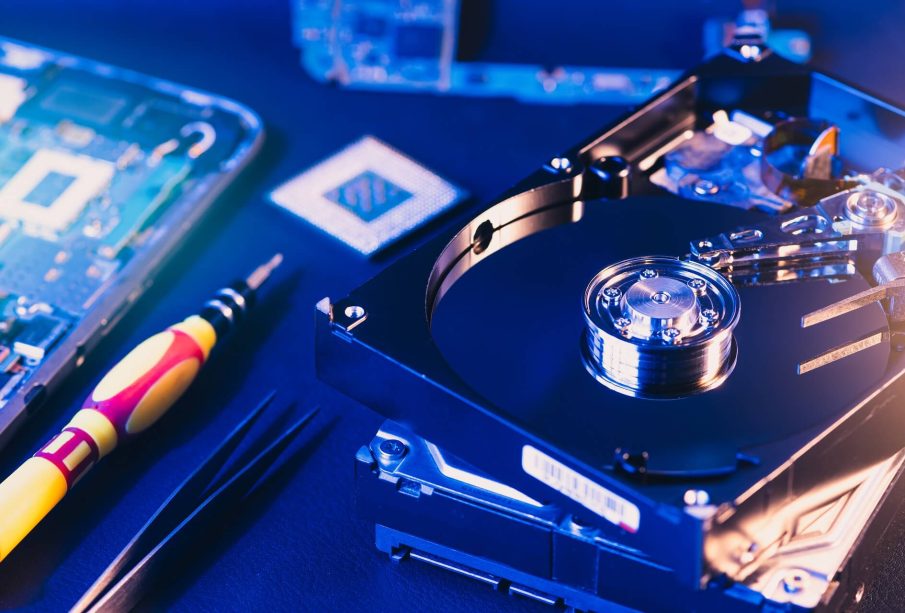Retrieve Your Lost Data with Technetics

We all know that our data is the most valuable resource on Earth, so it must be protected from various threats such as hard drive failure, file corruption, viruses, and natural disasters. But what happens when your computer crashes because of some catastrophic event? Or your hard drive is missing or corrupt? If you have technical prowess and can create a bootable Windows USB stick, you can use Technetics data recovery software to restore your files completely.
How Technetics Data recovery works
All the data is stored in a digital format, so if your computer crashes or a hard drive fails, you can get to all your files and save them onto a new hard drive. And if you have a backup system in place, such as Dropbox or OneDrive, you can add one or both of those services to your recovery plan.
“The recovery of your data is straightforward if you follow the instructions provided in the free trial version of each technetics data recovery software. Once you have selected the type of file you want to recover, be it a video or text document, load it onto your PC via a USB stick and select the relevant technetics data recovery software for that task.
Before you know it, you will have your files recovered and saved again if this sounds like something that will work for your system, purchase your preferred Technetics data recovery software and download it onto a new hard drive.
Methods Technetics use to recover data
Character recognition
this method is used when the data you want to recover has been converted into text. There is still a significant chance of error, but it’s less than with other methods.
Data recovery from a hard disk drive
this method is used when the data you want to recover is on a hard disk (which may be damaged or otherwise non-functional). The contents of the platters are copied to another drive, which has been erased and reformatted.

Data recovery from a RAID array
this method is used when the data you want to recover is on a RAID array. A RAID array is composed of multiple disks combined into one logical unit. Turn the entire array off, back it up, and then restore. This method uses data recovery from a memory card or flash drivewhen the data you want to recover is on a memory card or flash drive.
Metal data recovery
Bare metal data recovery is the most difficult data recovery method. The contents of the disks are copied to a different disk or another location. The disks are then re-used in whatever way they were designed. To do this, you need access to the computer’s BIOS and operating system (which may be damaged). Backup and reinstalling the operating system are done by hand and are not guaranteed. This can result in permanently damaging the new disk(s). If all the files on your computer have been deleted, you must use this method unless you can remember exactly where those files were located on your computer.
Conclusion
There are many ways one can retrieve lost or deleted data. However, data recovery varies greatly and can sometimes be more challenging than it sounds. For example, before a hard drive can be formatted for use again, certain steps must be taken.
















